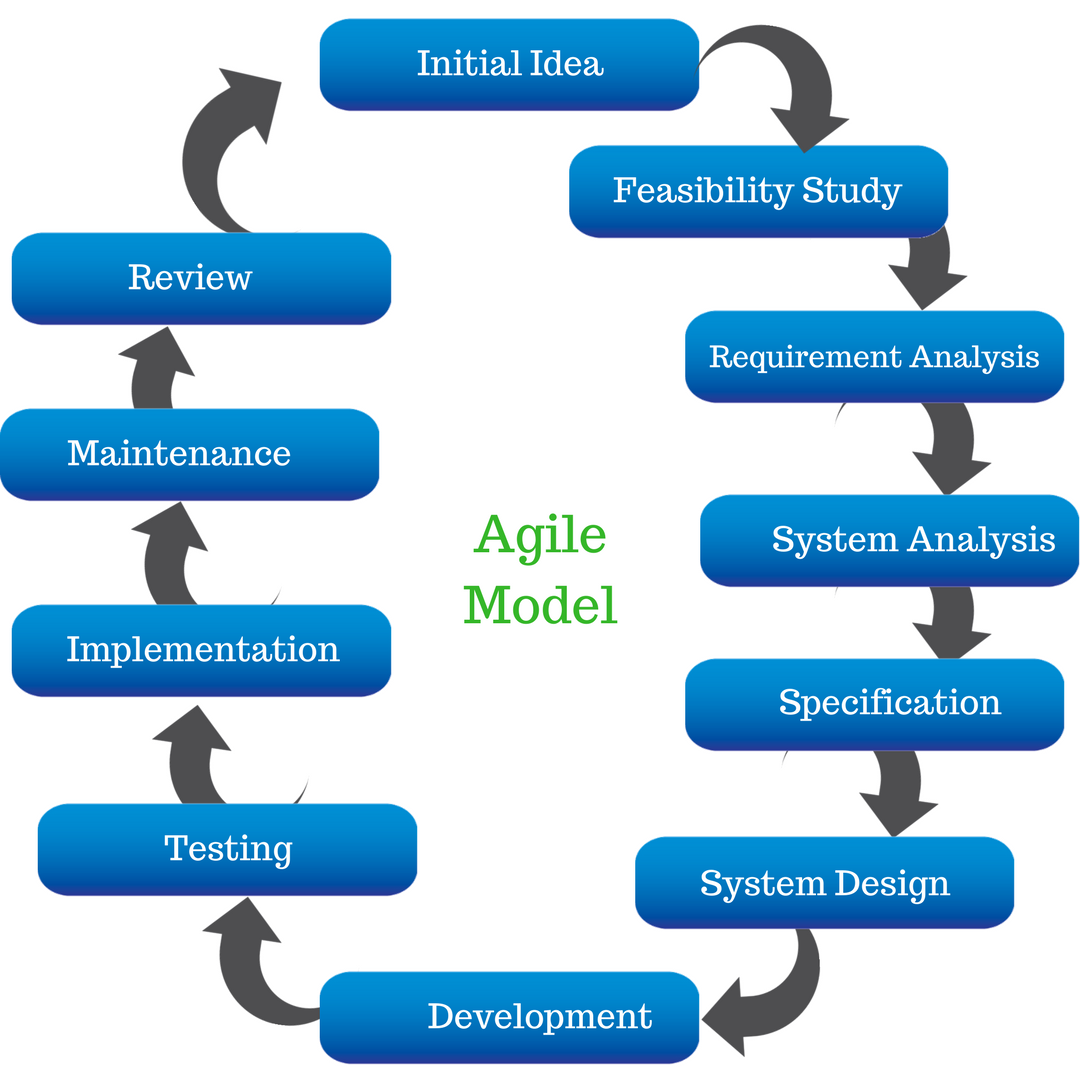Methodologies of Software Testing Life Cycle
In this article, I’ll give you a deep software testing life cycle (STLC). Software testing is an important part of software development. Software development also has a development life cycle but the software development life cycle (SDLC) and Software Testing Life Cycle (STLC) is completely different.
Software Testing life cycle is defined as the process or stages which executed in a planned manner to check the application. Each stage has its own advantages and disadvantages.
Following steps of the Software Testing Life cycle:
Requirements phase
Planning Phase
Analysis phase
Design Phase
Execution Phase
Closure Phase
Requirements phase:
Requirement phase is the first stage of software testing life cycle. In this stage testing team analyze the requirements from the testing point of view. In this stage, the QA team will interact with customer or client and understand the requirements in details.
Planning Phase :
In this phase, the QA manager estimates the cost and manpower requirements for the project. This phase is also called a test strategy phase. In this phase manager also check the tools for testing, find the estimated testing cost, training requirements, resource planning and determining role and responsibilities.
Analysis Phase :
In this phase, we identify the test condition. This phase defines “what” to be tested. The test conditions will be written in detail way as per requirements.
Design Phase:
In this phase, the testing team writes down the test cases and automation script if required in detailed as per the project requirements.
Execution Phase:
In this phase, The tester will actually run the test cases in the test environment. They check the result with an expected result if a bug occurs then it passes to the development team to solve the bug after fixing the bug again testing will be done.
Closure Phase:
In this phase, The testing team check all test cases again as per the requirements, find out the future possibilities. Test application based on quality, cost, time, business objectives. Create a closer report.
This is the life cycle of software testing now we see the methodologies of software testing.
Waterfall Model
V Model
Agile Model
Spiral Model
Waterfall Model:
In the waterfall model software development process goes through various phases as – Requirements gathering, Software Design, Implementation, Testing, and maintenance.
In the waterfall model, each next phase executes after completion of the first phase, one by one like a waterfall in a downward direction.
In waterfall model requirements is the first phase of a model in which all project requirements define before starting the testing.
Software design is the next phase of the waterfall model. After gathering requirements developer design the project flow of the software. Prior to going to actual coding developer find the features also find what we are going to developed.
Implementation is the next step in software design. In this phase, the actual coding is done. Before starting the actual coding requirements divided into units then models are developed separately.
Testing is the next steps of implementation in this phase each module functionality tested separately as per requirements.
Maintenance is the last steps of the waterfall model and it’s never ending phase problems are arises in this phase developer fix the problem then again goes for testing this process continue till all errors are not fix.
V Model:
Waterfall model has disadvantages or limitations so to overcome issues in V model design.
V model is also called verification and validation model. In this model, the task is performed parallelly. V-model shows Software Development activities on the Left-hand side of the model and the Right-hand side of the model actual Testing Phases can be performed.
Agile Model:
Agile model is the latest trending model. In the agile model development and testing done continuously throughout the software development process. In this model, the customer has an opportunity to look in the project and make a decision and changes in the project. The Error can be fixed in the middle of the project. Small project implemented quickly. It has every iteration has its own testing phase.
Spiral Model:
The Spiral model used for large projects. In this model, specific activities are done in one iteration call as a spiral. The same activities are repeated for all the spirals until the entire software is built.
The spiral model has 4 phases as –
Planning Phase
Risk Analysis
Engineering Phase
Evaluation Phase
Using spiral model development become fast.
Now you see the software testing life cycle and its methodologies. You can join the Software Testing Institute in Pune which gives you the best training and live project experience so you can get details knowledge of software testing.
There are no. of methodologies available for software development and for its testing. Each methodology is designed for a specific purpose and has its own advantages and disadvantages.
Selection of a particular methodology depends on various factors such as the nature of the project, client requirements, etc. so see project nature and choose the best suitable model. and the Right-hand side of the model actual Testing Phases can be performed.
Agile Model:
Agile model is the latest trending model. In the agile model development and testing done continuously throughout the software development process. In this model, the customer has the opportunity to look in the project and make the decision and changes in the project. The error can be fixed in the middle of the project. Small project implemented quickly. In this model, every iteration has its own testing phase.
If you wish to join the Software Testing course contact CodeKul.com Team and we will be happy to help you.
Visit CodeKul.com


Leave A Comment